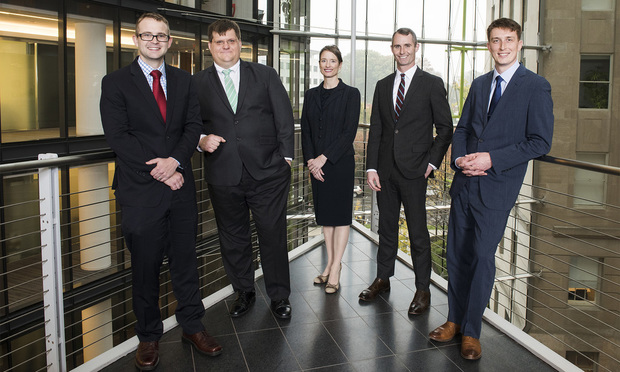Spending a year as a U.S. Supreme Court law clerk can open a whole lot of doors in the legal profession. Former clerks typically get the pick of jobs at top law firms and can command hiring bonuses in the range of $350,000.
Four of the current justices have been clerks previously while three U.S. senators have also been former clerks, as also the current general counsels of Apple and Facebook.
Despite its prestigious nature, there is an uncomfortable reality that Supreme Court clerkship remains an elite club.
Research carried out that by The National Law Journal shows that since 2005 which is when the Roberts court started, 85 percent of all law clerks working at SC are white.
Only 20 of the 487 clerks hired by the different judges were African American, while eight were Hispanic. Male clerks are double the number of women despite over half of law students being female as of 2016.
Although some variables are out of the control of the court in regards to hiring clerks, very few justices are making an effort to boost diversity.
Slow Progress In Increasing Diversity
Progress in enhancing diversity has been slow since 1998 when the first demographic study of Supreme Court clerks was conducted, which revealed that African-American clerks accounted for less than 1.8 percent of all clerks and Hispanics were 1 percent.
Currently, African American clerks comprise 4 percent of all clerks while Hispanic clerks are at 1.5 percent. Percentage of Asian American clerks has doubled from 4.5 percent to around 9 percent in the same period. Women were one-fourth of the clerks, while today they are at a third.
Poor diversity In Supreme Court Has Higher Stakes
The issue is not an isolated one but the lack of diversity among the ranks of Supreme Court clerks has higher stakes.
Clerks play a major role in helping justices pick out cases and in also writing opinions. In a way, the issue of poor diversity among the clerks could play a role in influencing the court’s decisions on race and also immigration
Georgetown University Law Center professor Sheryll Cashin, an civil rights specialist who was also an Thurgood Marshall clerk noted that the institution of Supreme Court is deciding on issues affecting everyone, so having “a range of perspectives and experiences” amongst the law clerks was useful .
Interviews held with people who have participated in the clerk hiring process reveal that most justices are not specifically urging or encouraging minority candidates to apply .
Cashin pointed out that the justices need to be more proactive if “diversity is to be considered a priority.”
Andrew Crespo, the first ever Latino editor of Harvard Law Review and former law clerk highlighted that the justices could speak out if they wanted to improve diversity.
He noted that the court was in a position of “unparalleled leadership” to encourage other institutions to help build “a diverse pipeline that leads not only to more diverse Supreme Court clerks, but to a diversification of the bar itself.”
The research was carried out by collecting information available in public domain and with phone calls and emails to former clerks and other officials, although all did not respond.
All nine justices were asked to verify the data but all declined as per spokesperson Kathy Arberg. The justices also declined to be interviewed on the issue.
Some of the critical findings of the study include
- Since 2005, only 8 percent of law clerks hired by Justice Robert’s court have been minorities.
- Justice Sonia Sotomayor’s chambers are the most diverse with 31 percent of her clerks having been non-white.
- Lack of diversity is present across ideological spectrum. Justice Ruth Bader Ginsburg and Justice Clarence Thomas have both hired just 12 percent of minorities since 2005
- Women and male hires have been equal by Ginsburg and Breyer but in other cases, chambers have remained male-dominated.
- Harvard and Yale law schools have a stronghold on the SC clerk “market” providing with nearly half of the clerks since 2005 as against 40 percent in 1998.



